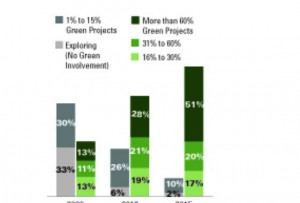Immediately upon reading Conor Macdonald’s post, I could tell that his opinions on organizational culture in the workplace were similar to mine. In his post, Conor is adamant in explaining the effectiveness of using intrinsic factors to motivate employees. This prompts a stronger working environment and a more pleasant experience for employees and consumers alike.
Many studies show that the use of intrinsic factors, such as giving employees interesting work or a feeling of autonomy, are the most effective ways to motivate an employee. These studies show that using intrinsic motivation increases job satisfaction, which improves the organizational culture of a business. This improved organizational culture can be tied to a decrease in employee absence and a lower employee turnover rate.
Learning about the importance of intrinsic motivation made me think about some of my experiences in the workplace; which organizations that I have worked for used intrinsic motivation? If they didn’t, did their lack of organizational culture hinder their chances at success? I know that a lot of these businesses are suffering low employee turnover rates and a lack of employee morale, which causes an increase in training costs and an eventual decrease in efficiency.
Sources:
http://mbahighway.com/2011/10/are-your-employees-satisfied/
http://voices.yahoo.com/intrinsic-motivation-workplace-equals-higher-1556797.html?cat=3




